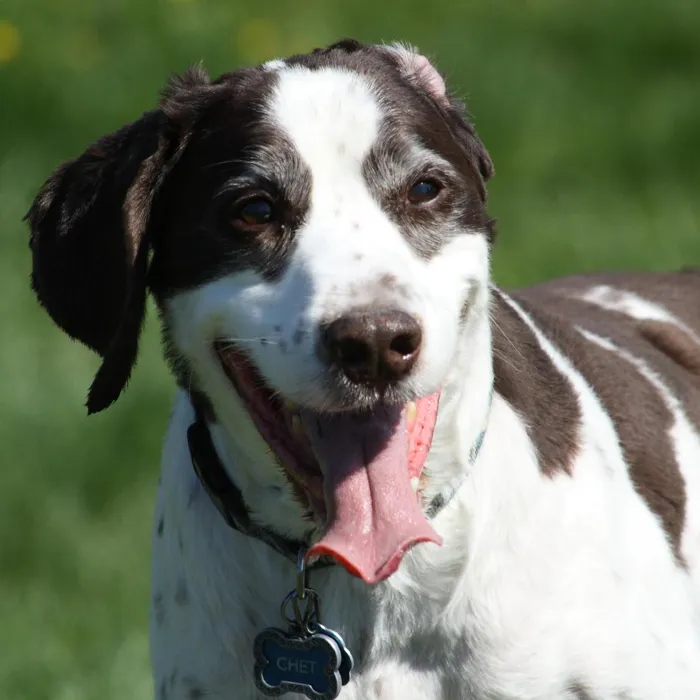Field Spaniel

The sweet and sensitive Field Spaniel is famously docile, but vigorous and game for anything when at play or in the field. These close cousins to Cocker Spaniels and Springer Spaniels may be small in number, but their charm is enormous.

Ask About Field Spaniel ?
Breed Traits
General Appearance
The Field Spaniel is a combination of beauty and utility. It is a well balanced, substantial hunter-companion of medium size, built for activity and endurance in a heavy cover and water. It has a noble carriage; a proud but docile attitude; is sound and free moving. Symmetry, gait, attitude and purpose are more important than any one part
Size, Proportion, Substance
Head
Neck, Topline, Body
Forequarters
Hindquarters
Coat
Color
Gait
Temperament
Group
Sporting
About
History
Standard
Nutrition
Grooming
Exercise
Training
Health
All pets have found there homes! Sign up to be notified when new pets are added so you don't miss out.


